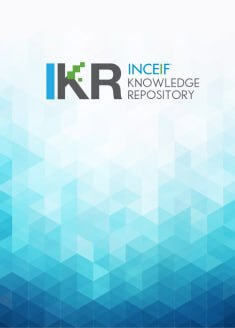
Browse by Author "Asyraf Abdul Halim"
Results Per Page
Sort Options
- PublicationCapital structure and Shari'ah compliance firms: Malaysian evidenceAsyraf Abdul Halim; Mohd Edil Abd Sukor; Obiyathulla Ismath Bacha (Palgrave Macmillan, 2019)
In the literature of corporate finance, there exists alongside others, an age long inquiry into the behaviour and determinants of corporate capital structure. The study into capital structure behaviour was pioneered by Modigliani and Miller (1958, 1963) and which is still widely research today. Despite years of research, much are still unknown to us, which determinants are reliable explanator of capital structure variations across firms and time. In 1984, Stewart C. Myers officially introduced the "Capital Structure Puzzle" in his American Finance Association Presidential Speech. The capital structure puzzle at its heart asks the question of how do firms decide and manage their capital structure?
- PublicationThe impact of real estate, inequality and current account imbalances on credit intensity: a cross-country analysisAsyraf Abdul Halim; Mohamed Ariff Abdul Kareem (INCEIF, 2016)
This paper seeks to show empirical evidence on the relationship amongst excessive credit, real estate, inequality and current account imbalances by using the LSDVC estimator based on 10 countries with similar economic experiences between the years 2004 through 2012. The paper is motivated by the gap in the literature concerning this topic and the fact that there exists a myriad of previous works that demonstrate how the dominance of real estate, inequality and current account imbalances are natural side effects owing to economic growth in a country. Therefore, if a positive relationship is found to exist between excessive credit and the other three variables, then as an economy grow, the three variables would become more prominent and could subsequently result in an excessive level of credit in the economy which is found to have a strong direct link to financial crisis. The paper found a significant positive relationship amongst current account imbalance, inequality and excessive credit. Real estate is found to have a positive direct relationship, although the impact is too miniscule to be statistically significant. The findings could be used as an evidence for policy makers to undertake policies that address all three variable vis--vis their economic growth policies to mitigate the risks of future financial crises.
Abstract View
2668926
View & Download
186812
